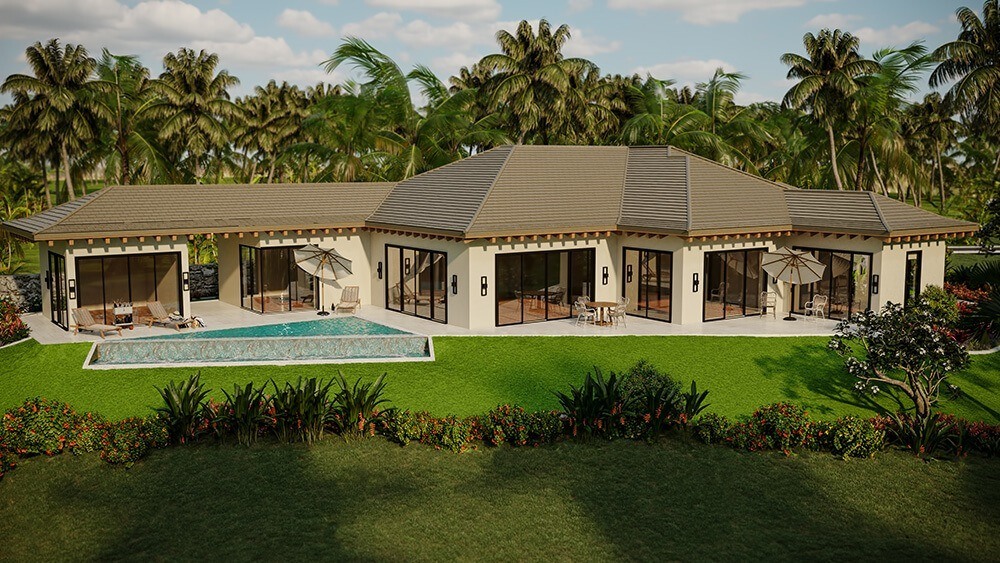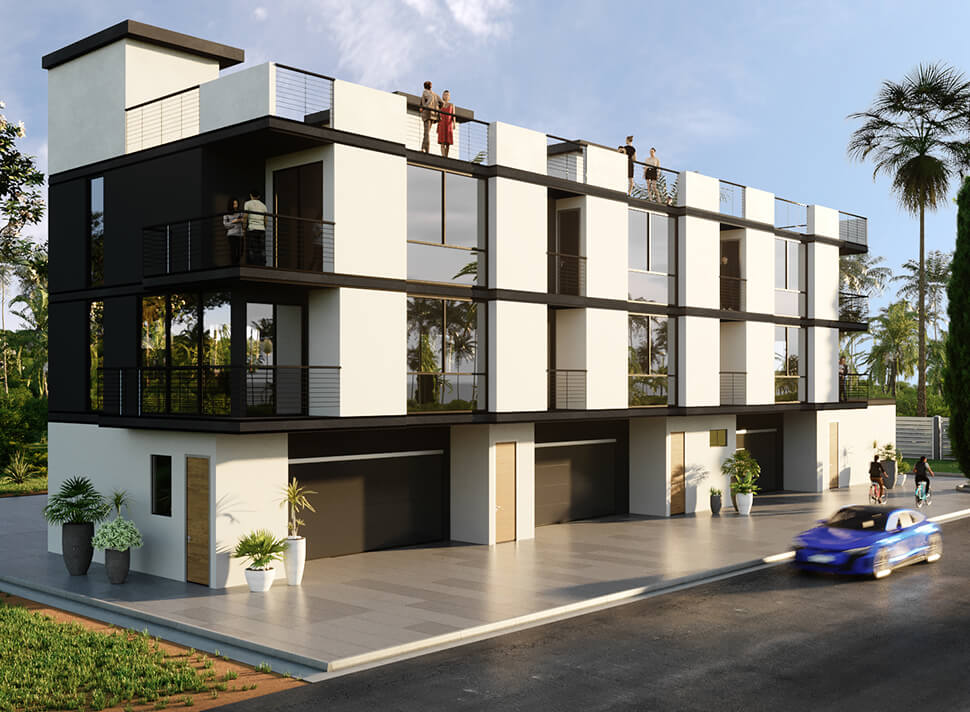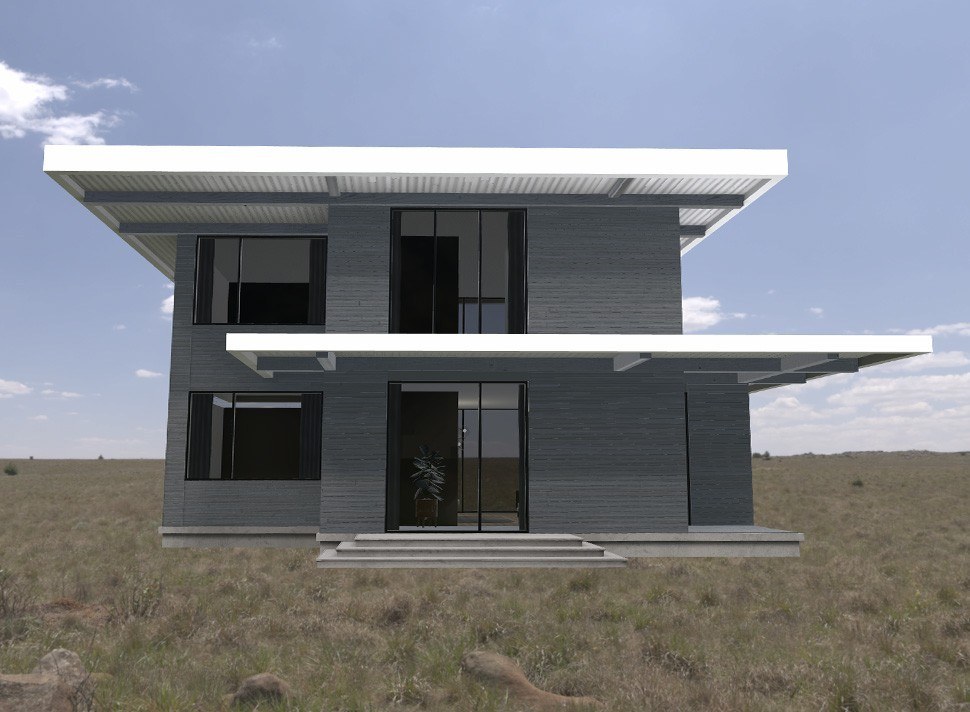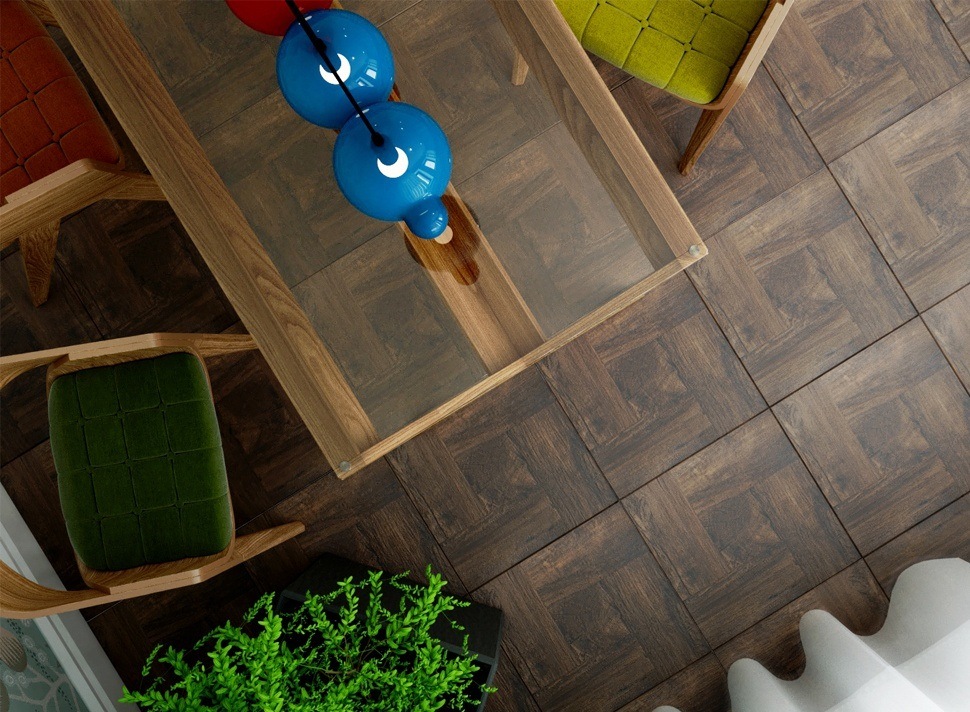How Do You Evaluate the Quality of Architectural Renderings?
A 3D rendering is a two-dimensional picture generated from computerized 3D data. These renderings, like photographs, need well-planned staging and lighting to come to life. A final three-dimensional rendering will be a realistic image that may help clients envision what the completed work would look like before it begins.
What are the advantages of using pre-built renderings?
Pre-construction 3D renderings may help a construction project in a number of ways. The first is that they might aid in the communication of complicated design concepts. When only utilizing 2D tools such as architectural drawings, it's difficult to convey the complexity of a project like a building or room remodel. A digital 3D rendering provides an overall perspective of the project's layout while keeping things looking polished and professional.
3D renders can also assist contractors, architects, and designers in the early detection and resolution of issues during the building process. Nothing is more stressful than having to stop or even postpone a project due to an unforeseen error. A 3D rendering allows the team to modify plans before they are finalized and swiftly change the size and layout of a room.
Finally, a 3D rendering tool might assist you in boosting the profitability of your project. Clients will be more impressed with a project and will be more ready to spend when they have a clear, appealing look at what the completed product will look like. In the construction sector's financing branch, having a sharp visual sample may be critical in finding potential consumers and investors.

What factors influence the quality of 3D architectural renderings?
3D rendering software is complicated, and even those with prior experience may find it challenging to comprehend. The method of making a 3D render takes time and demands significant skill and experience.
Several factors influence the quality and accuracy of a rendering. Not every 3D architectural rendering service is the same — some studios have more expertise and understanding than others. So how can you tell which 3D architectural renderings are high-quality and which aren't? Consider the following questions:
1. Lighting
A 3D rendering's lighting should be similar to that of a photograph. Natural-looking lighting is expected in a high-quality architectural rendering. All elements in the render should have shadows from indirect light sources and vary in shadow intensity. The primary source of illumination should be highlighted with an exact shade. There should be no shadows produced by light sources that wouldn't exist in real life.
2. Angles
A 3D rendering's angles should be carefully positioned, similar to a photograph. One of the most common mistakes designers make is to set a render's angle in an abnormal posture that might divert the viewer away from the design and distract them from the goal. Angle views that are too low, too high, or tilted incorrectly should be avoided. From a standing height, looking straight at the subject is considered the ideal angle. This stance allows viewers to best imagine themselves inside the design and see how it will look after completion.
3. Detail level
The third step in the rendering process is to create a 3D illustration. It isn't easy to get right, as 3D renderings' intricacy may be one of their most challenging features. The bottom line is that objects included in a rendering should appear natural and realistic. Kitchen countertops are an excellent example of this concept. Is there a glossy sheen on the surface? Can you see any traces of granite or marble patterns? The completed render will seem authentic and polished as a result of these factors.
Consider the architecture of the sidewalk and street while producing exterior renderings, such as the paved-over-landscaped transition. Consider engineering features that are visible to the naked eye, like rainwater spouts, trim work, and brackets. Anything someone would notice when standing on the street looking at your building's actual outside in real life should be included to improve the believability and overall quality of your rendering.

4. People
People are frequently employed in high-quality 3D renderings to bring a picture to life, show scale, and help the viewer connect to it. It may be tough to create realistic 3D humans correctly, and if done incorrectly, it can lead to failure. There are several factors to consider while rendering people, including balancing color, contrast, and saturation while maintaining uniformity. Adding natural occurrences of individuals can help the viewer comprehend what the finished product will look like and give the image an artistic touch if done correctly.
5. Post-processing
Adjusting the image balance in post-production is crucial before showing a 3D rendering to a client. Post-processing is a standard photography technique that most individuals are accustomed to seeing added to their photographs. Post-processing may be used as a "final check" in a 3D render to guarantee all colors, brightness, saturation, and balance are correct before the completed project is brought to the client. When clients view the finished product before it is completed, post-processing may be used to generate a sense of familiarity and empathy for them.
Contact us at YouSee Studio for captivating 3D renderings and immersive virtual experiences.
Ray Lisbon is a content writer and the author of this article.




